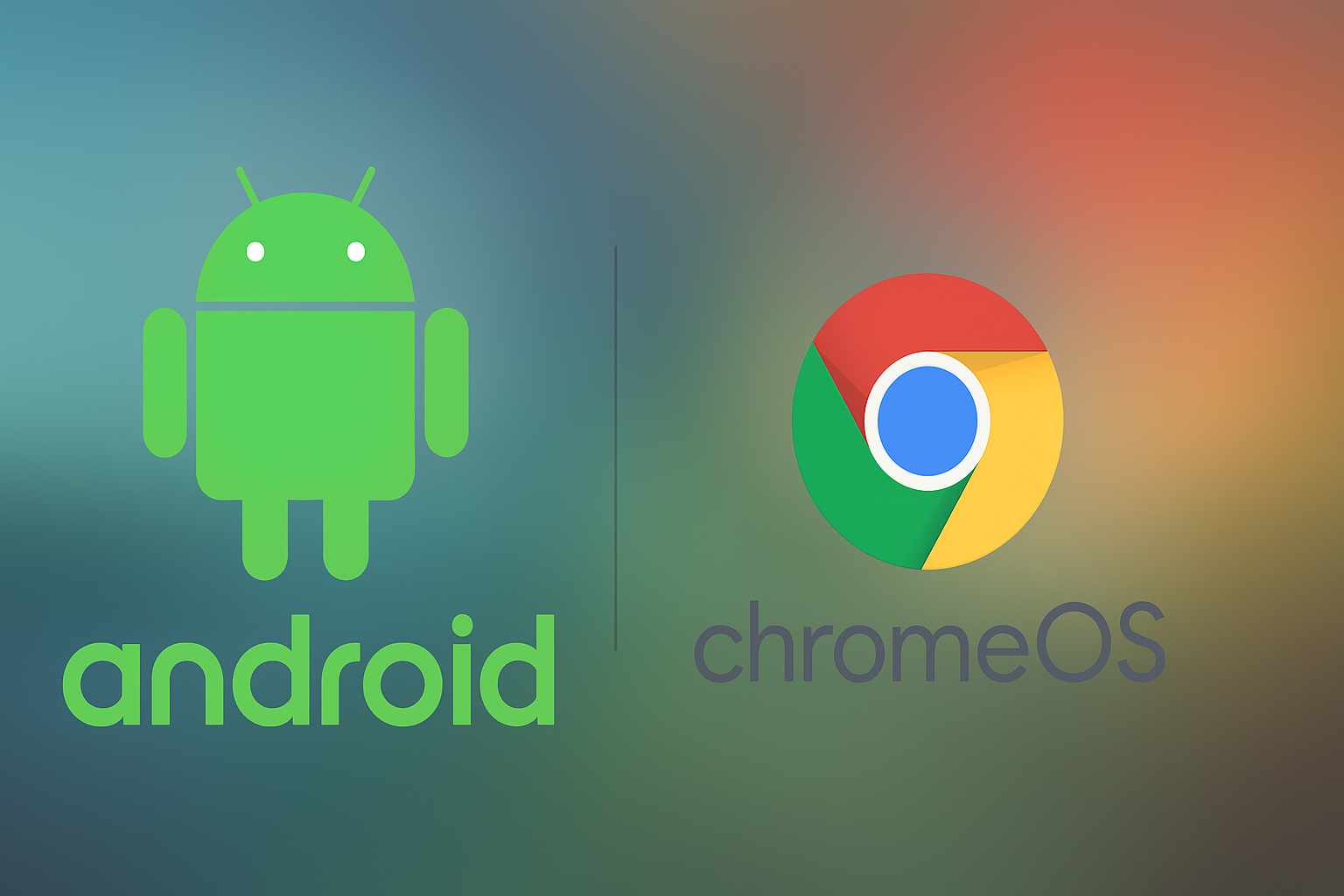Android Merges with ChromeOS: Google’s Quiet Revolution Has Finally Gone Public
Introduction
After years of internal prototypes, leaks, and speculation, Google has finally said the quiet part out loud: ChromeOS and Android are merging into a single platform. The confirmation came from Sameer Samat, President of the Android ecosystem, during an interview with TechRadar, marking a rare moment of strategic clarity from a company that’s often been spread thin across too many platforms.
It’s not just a technical move - it’s a long-overdue simplification. And frankly, it puts Google on a much stronger footing to compete with Apple’s cross-device ecosystem, especially as the lines between phones, tablets, and laptops continue to blur.
Let’s unpack what this means, why it matters, and what comes next.

Google’s New Unified Platform: What We Know So Far
The key detail here is that ChromeOS is being folded into Android, not the other way around. This isn’t about building something brand new - it’s about picking a lane. Android, with its massive install base and mature app ecosystem, is the logical choice.
Here’s what’s been confirmed or strongly indicated:
- Future Chromebooks will run a desktop-optimised version of Android rather than ChromeOS.
- Google is building extension support for Chrome on Android, finally closing the browser feature gap.
- A new Terminal app is coming to Android for Linux app support - something power users and developers will appreciate.
- Google is already layering in key components from Android, like its Linux kernel and frameworks, into the current ChromeOS stack.
- Cross-device features like call casting and instant hotspot sharing are already live and will likely expand.
The focus, according to Samat, is on understanding real user workflows - what people are actually doing with laptops - and designing a platform that supports that natively, not as an afterthought.
How This Compares to Apple (and Why That Matters)
If this all sounds a bit like what Apple’s been doing with macOS and iPadOS, that’s not a coincidence. Apple has spent years aligning its platforms: shared silicon, shared UI conventions, and a single ecosystem that just works. Google’s finally making a similar move, but from the other end of the spectrum.
Some contrasts worth calling out:
| Apple | Google (Post-Merge) |
|---|---|
| macOS + iPadOS + iOS = Shared ecosystem | Android everywhere (phones, tablets, laptops) |
| Tight control over hardware | Looser OEM ecosystem, but more choice |
| App Store restrictions | More flexibility and sideloading |
| Continuity, AirDrop, Handoff | Instant Hotspot, Call Casting, etc. |
This move won’t magically give Google the same level of cohesion, but it does close the gap in terms of platform consistency and developer support. And that’s a big deal, especially for manufacturers, schools, and anyone building or managing cross-platform software.
Strategic Implications: Efficiency, Ecosystem, and AI
There are a few smart reasons this merger makes sense right now:
-
Development Efficiency
Maintaining two OS stacks burns resources. Folding ChromeOS into Android reduces duplication, simplifies testing, and accelerates rollout of new features, especially AI-driven ones. -
Stronger Tablet and Laptop Positioning
ChromeOS never really cracked the consumer laptop market outside education. With a shrinking 1.25% global market share, it’s no wonder Google’s pivoting. Android, on the other hand, is still growing, especially on large-screen devices. -
AI as the Accelerator
Google’s June 2024 announcement about using the Android stack to fuel AI innovation on ChromeOS wasn’t just a technical footnote - it was a clue. AI workflows (think contextual assistants, on-device inference, multimodal inputs) require a consistent platform. Android’s scale and maturity make it the obvious foundation.
What to Watch (and Plan For)
While this is officially a multi-year transition, there are a few immediate takeaways for different audiences:
- For developers: Start designing apps with larger screens, keyboard input, and multi-window support in mind. Android’s desktop mode will become much more relevant.
- For schools and IT managers: Expect new “Chromebooks” to behave differently. Managing them may feel closer to Android than traditional ChromeOS, especially around updates and app deployment.
- For consumers: A lot of things should just start working better, like file handling, Bluetooth devices, and app consistency across phone and laptop.
- For Google partners and OEMs: This could significantly streamline device manufacturing and support processes. Android-first will likely become the default.
Google says the transition will be “seamless”, though I’d expect some bumps - especially around legacy ChromeOS features and enterprise policies.
Final Thoughts: A Quietly Radical Move
For all the noise Google makes with flashy demos and speculative moonshots, this OS merger is a rare case of solid, pragmatic strategy. It reduces internal complexity, aligns better with market needs, and gives Android a much stronger role across form factors.
There’s still a lot we don’t know - like exactly when the first Android-powered “Chromebook” will land or what the long-term support model looks like - but the direction is now clear. And for once, it’s not a side project. This is the platform now.
If you’re building for the Google ecosystem, it’s time to think about Android not just as a mobile OS, but as a universal one.